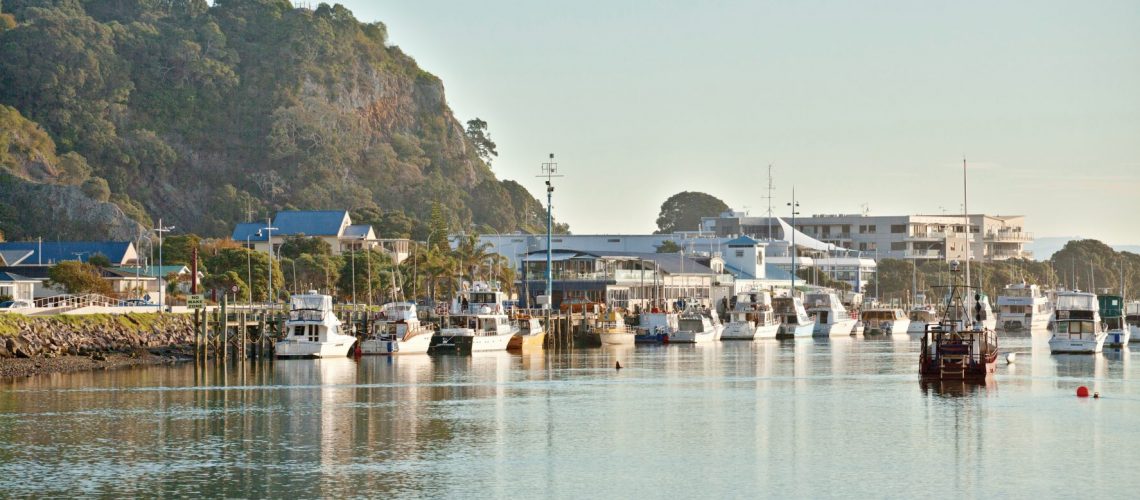Whakatane District 位于新西兰北岛的东丰盛湾地区,享有令人印象深刻的海滨景色和值得探索的华丽丛林小径。但是,Whakatane 地区也有丰富的历史,游客可能有兴趣了解更多的信息,因为它在当今存在的国家发挥了作用。以下是您在该地区逗留时可以了解的一些历史。
第一批毛利人定居者的到来
Taite Huatahi,后来被称为 TaiKairakau,于公元 1150 年降落在瓦卡塔内寻找他的孙子 Whatonga。当他找不到他的时候,Ti 决定留在该地区,并在岬角最高点建造了一个村庄(也称为一个 PA)。今天,这个地区被称为 Whakatane Heads,可以欣赏到下面城镇的壮丽景色。
欧洲定居者的到来
19 世纪 30 年代,来自欧洲殖民地的捕鲸者、海盗、传教士和贸易商将 Whakatane 地区作为他们的家园。这片土地被称为造船区,这些船只用来通过 Whakatane 河将玉米、土豆、小麦和其他货物运往北部地区。最初的水道今天出现在沙利文湖和 Awatapu 泻湖。
新西兰战争
1845 年至 1872 年间,一系列被称为《新西兰战争》的冲突使殖民政府和盟友的毛利人确实与毛利联盟定居者作战。瓦卡塔内地区在冲突中发挥了至关重要的作用。一名武装警察驻扎在镇上方很短时间,海滩也被选为总理约瑟夫·沃德和毛利人活动家鲁亚·肯纳纳·赫佩蒂帕之间历史性会晤的地点。
Mataatua Wharrenu/毛里会议馆
这座令人惊叹的建筑于 1875 年竣工,由 Ngati Awa 部落提供给维多利亚女王。不幸的是,女王无法前往新西兰。相反,1924 年,该建筑被带到伦敦,乔治国王和玛丽女王参观了伦敦。然后它将在澳大利亚等国家巡回世界。Mataatua Wharrenu/毛利人会议室自那以来已经返回了它最初建在 Whakatane 边缘的地点。它也恢复了原来的荣耀,并正在展示供游客参观。
历史小径
对于希望了解更多关于 Whaakatane 区历史的游客来说,有一条步行道,在地标上有几个斑块,并提供更多关于该网站重要性的信息。赛道上包含的位置是:
• 穆里威的洞穴
• Mataatua Waka 副本
• 他 Matapuna Paru
• Otuawhaki
• Te Papaka
• Pohaturoa
• 怀雷尔瀑布
• Kapu Te Rangi
• Te Toka a Taiao
• Irakewa 摇滚
• Kohi Point

















































